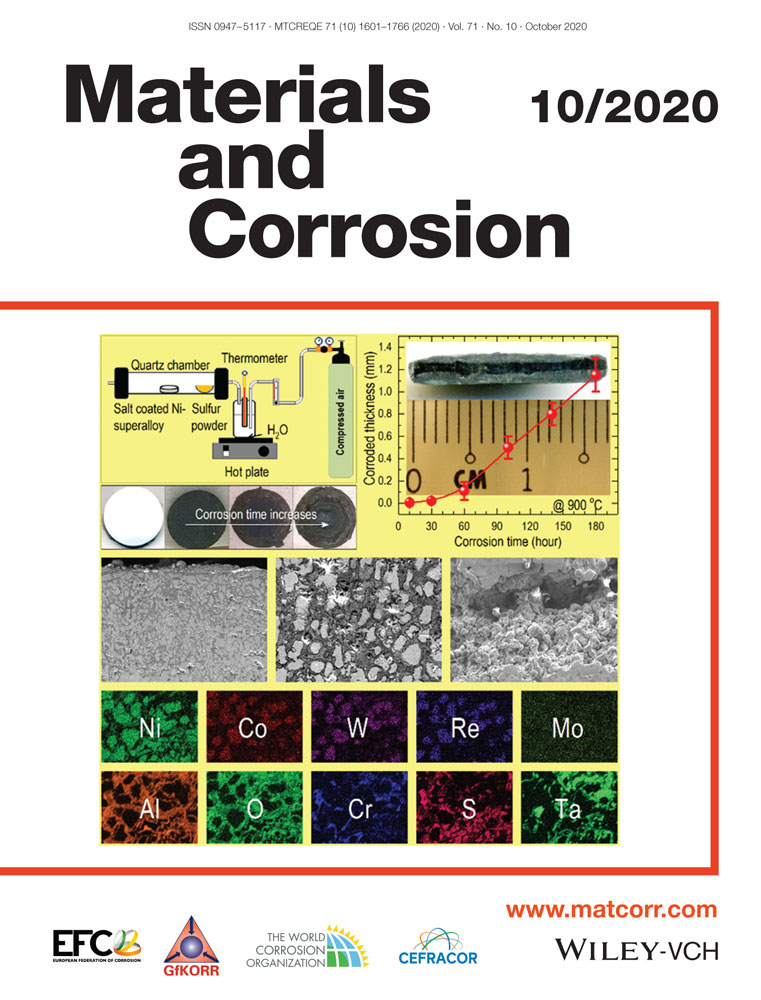Corrosion of silver in environment containing halides, pseudohalides, or thiourea
Abstract
Many studies of silver corrosion have been focused on indoor sulfur-containing atmospheres. However, significant corrosion damage of silver can also occur in the presence of other corrosion stimulants, such as halides, pseudohalides, or thiourea. These environments pose a specific threat for historical silver objects like daguerreotypes or coins, for example, during incorrect storing or cleaning method. To better characterize the silver corrosion caused by the solutions, electrochemical impedance spectroscopy (EIS) and electrical resistance technique were used. EIS measurements show that the dissolution of silver in tested solutions is mainly controlled by diffusion, suggesting the formation of a layer on the sample surface. For the electrical resistance technique, two different setups with electrical resistance probes were used: in saturated solutions and in atmospheric conditions simulating corrosion under deposits. In the latter setup, the corrosion rates decreased after a certain amount of time which can be explained by the presence of a salt layer (as suggested from EIS results). Regardless of the arrangement, cyanide and thiourea environment resulted in the highest corrosion rates.




